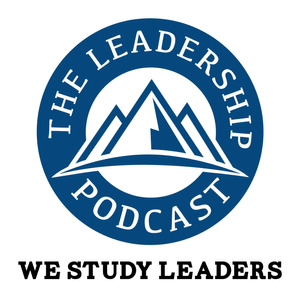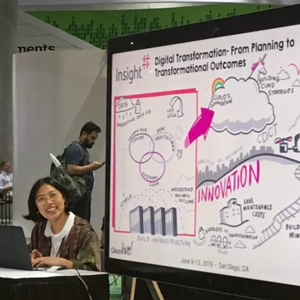In this episode, Jim Peters, co-founder and president of Citizen Engineers, shares his leadership experiences and how he leverages AI tools like AssemblyAI and Myaskai to learn from nearly 400 leaders. He recounts how bike trips with his kids imparted valuable leadership lessons. Amid personal challenges, including his wife’s diagnosis and his job loss, Jim stresses the significance of downtime and resilience. He applies these insights to his business, emphasizing work-life balance and compassionate leadership. Jim advocates for continuous learning and living a life filled with meaning and compassion in the workplace. Key Takeaways [02:26] Jim shares that he remembers taking his kids, aged six and eight, on annual bike tours around Washington and Oregon for nearly a decade. These trips, lasting one to two weeks, were full of adventure. One of his standout memories is climbing to Anthony Lakes, where he and his wife let the boys decide if they wanted to push on to the top of the mountain. The boys were enthusiastic, teaching Jim valuable lessons about setting direction, pace, and keeping the experience fun. [07:02] Jim values taking time off and encourages others to do the same. He treasures memories with his family and has taken three sabbaticals during his career. Jim also learns a lot from podcasts featuring nearly 400 leaders. He mentions that these podcasts help him grow as a leader and improve his emotional intelligence and management skills. [9:07] Jim shares that he listens to podcasts to learn from experienced leaders and improve his skills. In 2021, he faced a personal challenge when his wife was diagnosed with stage four cancer. This taught him to focus on what he could control, choose gratitude, and live a meaningful life. He took a sabbatical in 2022 to spend time with his wife and reflect on his values. After returning to work, Jim was unexpectedly terminated, which taught him resilience and helped him understand others' experiences. Now, he enjoys his work with his business partner and finds joy in helping others. [16:00] In 2023, Jim had extra time and used it to dive deeper into podcasts about leadership. He made a list of questions he wanted answers to, like how to measure effective leadership and manage difficult conversations. Jim found taking notes while listening challenging, so he used an AI tool called AssemblyAI to convert podcasts to text. This allowed him to listen faster and copy relevant information. He listened to two podcasts daily, using the AI tool to support his research and learning. [21:59] Jim mentions that his goal was to become a better leader and human by capturing insights from podcasts. He collected detailed notes and summaries from nearly 400 leaders and wanted to use them to improve himself. Instead of manually going through all the data, Jim decided to use an AI tool called My askAI, which let him upload his data and ask it questions. This AI tool gave him access to responses based solely on the podcast insights he provided, helping him quickly find answers and insights from the podcasts without having to remember which specific episode they came from. [25:45] Jim uses an AI tool called My askAI to explore his podcast notes and ask questions about leadership. He asks about topics like effective leadership, managing conversations, and tips for new leaders. The tool pulls responses from the nearly 400 leaders he studied. The tool combines podcast texts into documents and sometimes provides shorter answers, but Jim can request longer or simpler explanations. Though not perfect, Jim values the tool's speed and variety of insights. It helps him improve his questioning skills. [29:30] Jim shares using AI tools. He uses them to research leadership insights from podcasts and in his new business, Citizen Engineers, which he started in 2023. He and his business partner prioritize work-life balance and use AI tools to speed up tasks like writing policies and answering business questions. Jim uses AI tools like ChatGPT, My askAI, and Photoshop for different tasks in his business. He tests various tools and shares his findings on his blog. He mentions that he sees AI as a partner in his work and continues to explore how it can help his business. [32:42] Jim shares insights from 400 podcasts that shaped his business, emphasizing the importance of putting humans at the center of work. He learned from guests like Donato Tramuto and Dr. Ciela Hartanov that compassion and care for employees are key. Jim noticed that guests often focus on business goals without stressing compassion for employees. As an engineer, Jim initially didn't focus on compassion, but now values it as essential. In his business, Citizen Engineers, compassion is a core value. They aim to create a workplace that supports employees while still running a successful business. [34:48] Jim initially used AI tools to improve himself as a leader, but he decided to share the benefits with others. He hopes the tool ...
















